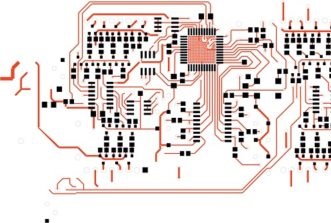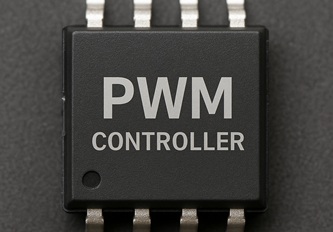This website uses cookies so that we can provide you with the best user experience possible. Cookie information is stored in your browser and performs functions such as recognising you when you return to our website and helping our team to understand which sections of the website you find most interesting and useful.
Ensilica to Develop Integrated ASICs for GNSS
EnSilica, a company based in the UK, has been tasked with the design and development of a crucial silicon component for the next-generation resilient multi-band Global Navigation Satellite System (“GNSS”) capabilities for the European Space Agency (ESA). This project falls under ESA’s NAVISP Element 2 programme, which aims to enhance the competitiveness of European states in the global satellite navigation market by advancing Positioning, Navigation, and Timing (“PNT”) technologies and services. With a growing presence in the satellite communications sector, EnSilica is collaborating with ESA and UKSA on a broadband satellite chip project valued at £10.38 million.
Under the agreement, EnSilica will be responsible for developing a satellite terminal chip that will be the first of its kind to support quad-band GNSS capabilities. This innovative chip is expected to play a key role in advancing satellite navigation technology and expanding the capabilities of future satellite communication systems. The collaboration between EnSilica and its partners is aimed at accelerating the development of highly integrated, resilient, and precise technology that is essential for the reliable operation of PNT services in various applications.
Paul Morris, the VP of the RF and Communications Business Unit at EnSilica, emphasized the importance of sourcing advanced technology from Europe and the UK to meet the increasing demand for PNT services in everyday life. Morris stated, “As we and our infrastructure become ever more dependent on PNT services in everyday life, it is important to have highly integrated, resilient, and precise technology sourced in Europe and the UK. This collaboration will allow us to accelerate such technology, starting with a next-generation radio design enabling our partners to focus on integrating their custom algorithms.”
Furthermore, Ian Lankshear, the Chief Executive Officer of EnSilica, expressed his enthusiasm for the project and highlighted its potential to drive advancements in global navigation satellite systems technology. Lankshear stated, “This project will enable us to further enhance global navigation satellite systems technology and continue to develop commercial solutions that are critical for resilient and reliable satellite navigation.” The collaboration between EnSilica, ESA, and UKSA underscores the commitment to innovation and technological advancement in the field of satellite communication and navigation.
With the development of the first quad-band GNSS chip, EnSilica is poised to make significant contributions to the evolution of satellite navigation technology. By leveraging their expertise and resources in collaboration with ESA and UKSA, EnSilica aims to push the boundaries of what is possible in satellite communication systems. The successful completion of this project is expected to not only enhance the competitiveness of European states in the global satellite navigation market but also pave the way for future advancements in PNT technologies and services.














